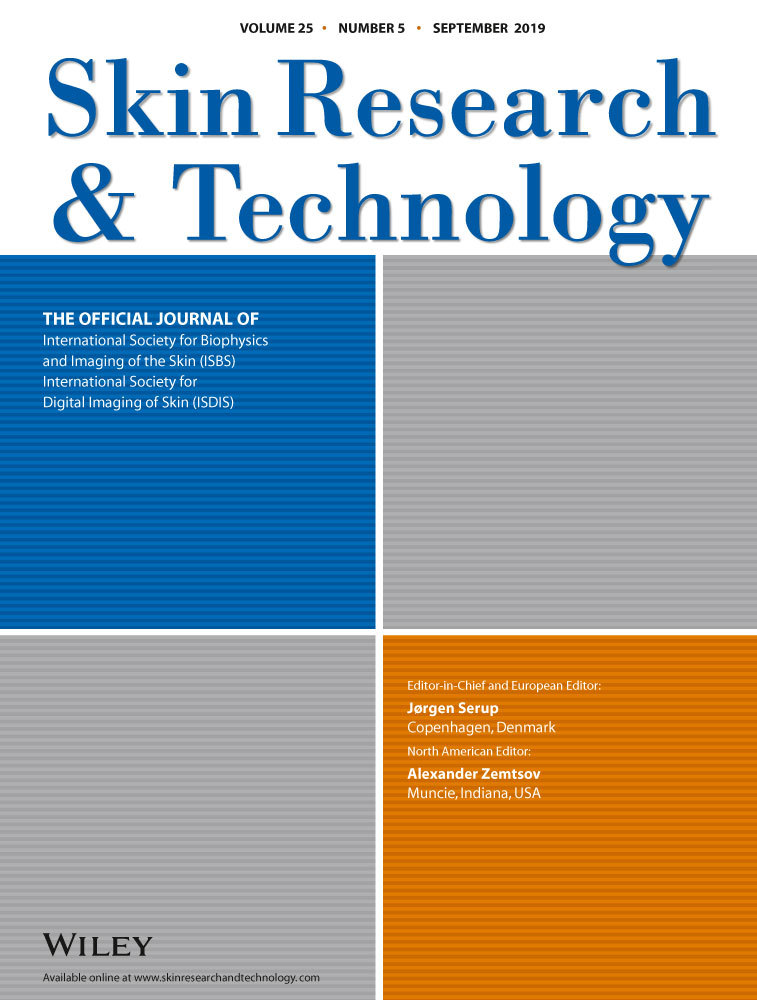New image analysis tool for facial pore characterization and assessment
Abstract
Background
Visible facial pores are an important cosmetic concern especially among young females. Number of different methodologies is used today to assess facial pores and efficacy of technologies. Main limitations of these methods are, however, (a) moderate correlation with visual perception, (b) characterization is mostly limited to size or number of pores, (c) measurement is limited to a smaller area of face, and (d) operational difficulties. In order to address these limitations, we developed a 2D image analysis tool to assess and characterize visible facial pores.
Materials and Methods
Two clinical studies were conducted with northeast Asian skin type females. In the first study, 40 subjects age between 20 and 40 with different degree of pore severity were recruited. In the second study, 15 subjects age between 20 and 40 with enlarged pores were recruited to evaluate pore product efficacy. In both studies, full face images were taken using Visia-CR and assessed by means of the newly developed tool and visual grading.
Results
A high correlation between visual grading and pore size was obtained (r = 0.86). New methodology was able to differentiate products similar to visual grading.
Conclusion
Novel pore image analysis method using 2D skin surface imaging with standard photography has been developed and validated. In addition to pore size measurements, we propose this method to be used to measure pore shape, color, and orientation for a comprehensive characterization of facial pores.




